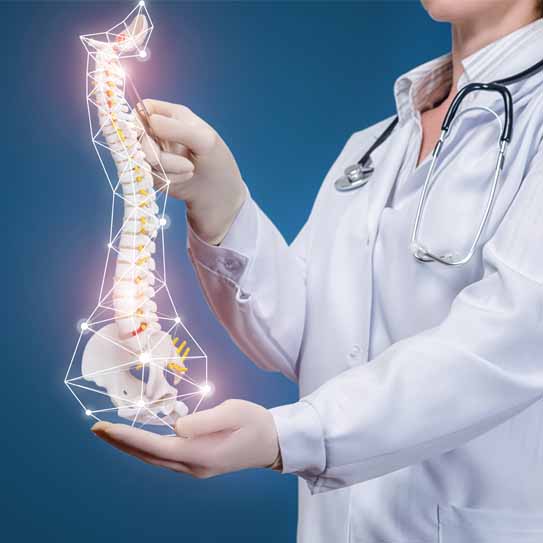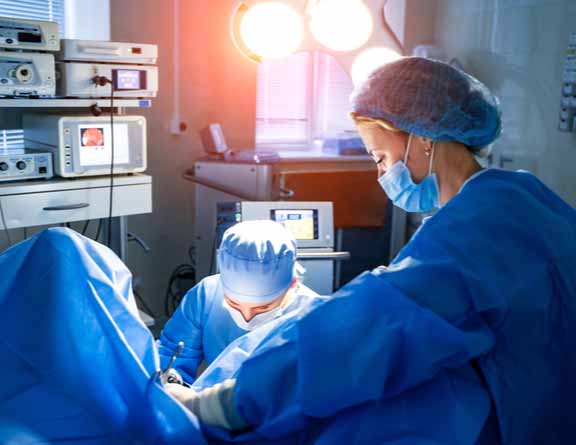Are there any long-term complications of minimally invasive spine surgery?
As we perform only minimally invasive spine surgeries, they are inherently very safe. However, as they are major surgeries, there are some complications associated with them. Spinal fusion surgery and laminectomy are among the most commonly performed MISS surgeries.
Some complications often associated with spine fusion surgeries are:
- Non-union of the spinal bones that were fused together
- Implants breaking due to excessive forces on the spine
- Spinal instability and pain due to implant screws loosening
- Injury and degeneration to the facet joints
- Spinal muscle injury
Complications associated with laminectomy are:
- Injury with scar tissue formation in the dura or nerve roots. This can even lead to weakness, loss of sensation, paralysis, and/or bowel/bladder incontinence based on the severity of the injury.
- Spine instability
- Degeneration of the adjacent spines
- Failure to eliminate pain
Why undergo spine surgery in Chandigarh at Pristyn Care?
Pristyn Care is associated with a few of the best spine hospitals and clinics in Chandigarh. We aim to ease the process of accessing all spine surgeries at affordable costs. Advantages of choosing Pristyn Care for spine surgery in Chandigarh are –
- Highly experienced spine surgeons- We have a team of highly experienced spine specialists near you with years of experience in performing complex surgeries like discectomy, fusion surgery, laminectomy, etc., with great precision. Our surgeons are fully trained to perform surgeries using cutting-edge technology for a high success rate.
- Dedicated medical coordinator- Pristyn Care provides all patients with a dedicated medical coordinator who handles all the paperwork and various formalities from admission to the hospital till discharge.
- Insurance approval- Pristyn Care is associated with the major health insurance companies to make insurance claims easier for its patients. However, the insurance approval depends on the type of your insurance policy and the terms and conditions set by the insurance provider.
- Flexible payment options- Pristyn Care offers various modes of payment for different surgeries at no cost EMI. In addition, we accept credit cards and cash payments for the procedure.
- Free pick-up and drop facility- Pristyn Care provides free cab services for pick-up and drop-off to each patient within the city on the day of surgery.
- Free follow-up consultation- Pristyn Care provides free follow-up consultation along with rehabilitation and physiotherapy to all the patients after their surgery for a fast and smoother recovery.
- COVID-19 safe environment – Pristyn Care ensures proper sanitization of all the OTs and clinics before each surgery to curb the spread of the COVID. It is our top priority to maintain excellent hygiene and social distancing while providing a seamless patient experience.
How to book an appointment for spine surgery in Chandigarh at Pristyn Care?
- You can fill out the patient form on our website www.pristyncare.com. Once your appointment form is submitted, our medical coordinators will promptly reach out to you. They will schedule an appointment with the best back pain doctor near you at your convenience.
- You can also directly connect with our medical coordinators through the contact number on our website. The medical coordinator will listen to your query and connect you with the spine doctors near your area and book an appointment.
- You can also book an appointment through our Pristyn Care app. Our team of medical coordinators will arrange an offline or online video consultation based on your preference.









.svg)









